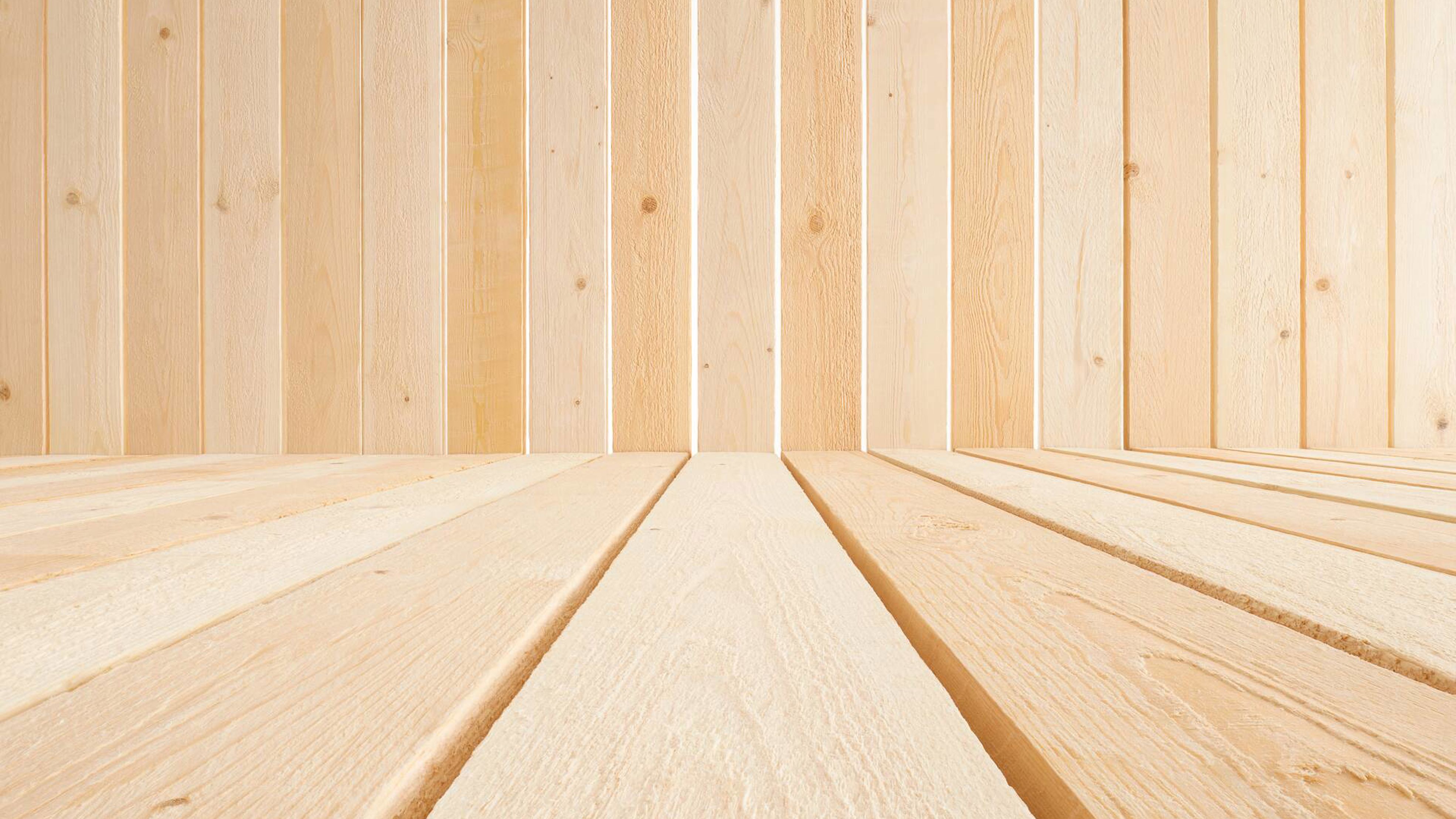Wood products have a unique ability to store carbon for up to hundreds of years. For example, the longer wooden buildings are in use, the longer the carbon is kept out of the atmosphere. The biggest growth opportunities of wood construction lie particularly in multi-storey construction and public sector construction. The new wood construction is based on industrially manufactured materials and large elements, from which houses can be assembled quickly. Concrete parts can also be replaced by wood.
Rauma sawmill supports the goal
The carbon sequestered in wood remains in sawn timber, and one cubic metre of wood sequesters roughly a tonne of carbon dioxide.
Metsä Fibre is Finland's largest producer of sawn timber, and our annual production capacity of softwood sawn timber increased to 2.1 million cubic metres with the new Rauma pine sawmill. The Rauma sawmill started up at the end of the third quarter of 2022 and will reach full capacity during 2023. The increase in sawn timber production capacity will mean a direct increase in carbon sequestration from the atmosphere, in line with Metsä Group's target for 2030.
The Rauma sawmill’s performance is unparalleled in the industry at all process stages. In addition, the high and consistent quality of the sawn timber is a key competitive factor. The planned customer base includes the furniture and component industries especially.
The sawmill operates next to Metsä Fibre Rauma pulp mill. The new integrated mill will use wood raw material very efficiently: the sawmill will use the log sections of tree trunks as raw material for sawn timber, and the chips, bark and sawdust produced during sawing will be conveyed to the pulp mill. The chips will be used for making pulp, and the bark and sawdust for generating bioenergy.
In the future, the sawmill investment will also enable both the Rauma sawmill and pulp mill to operate without using any fossil fuels.
International Sustainable Development Goals (SDGs) related to the target:
 |
 |
 |
